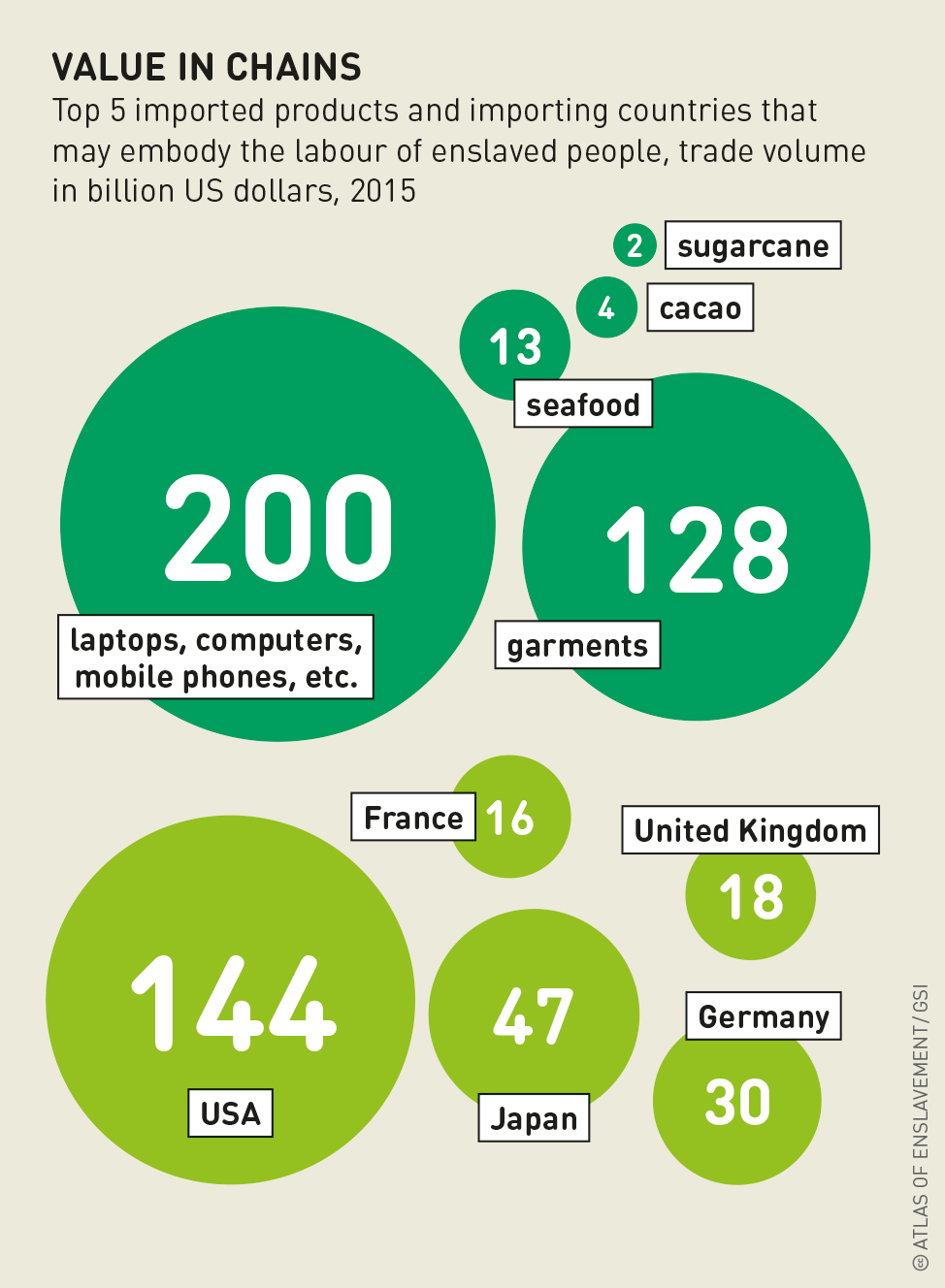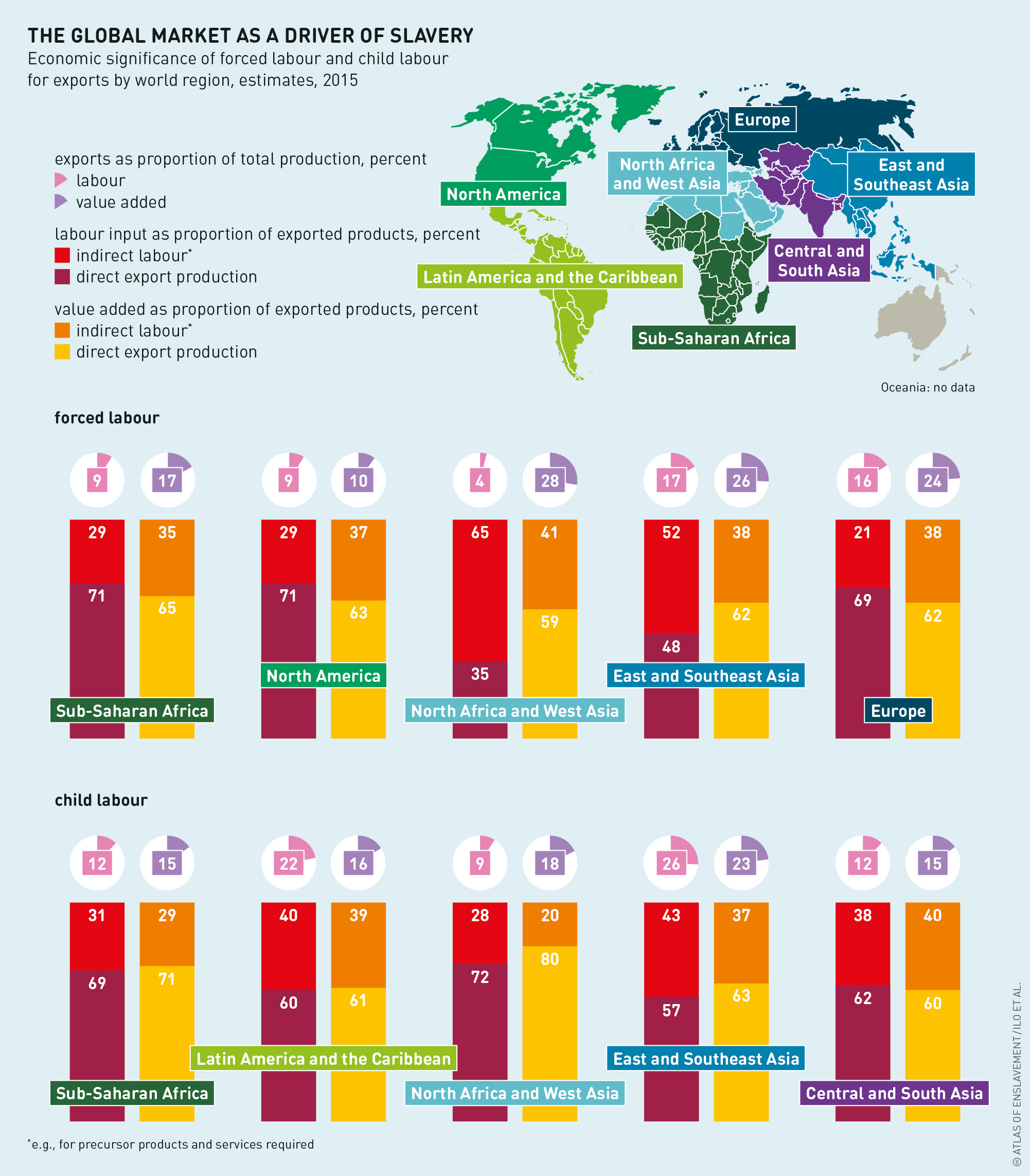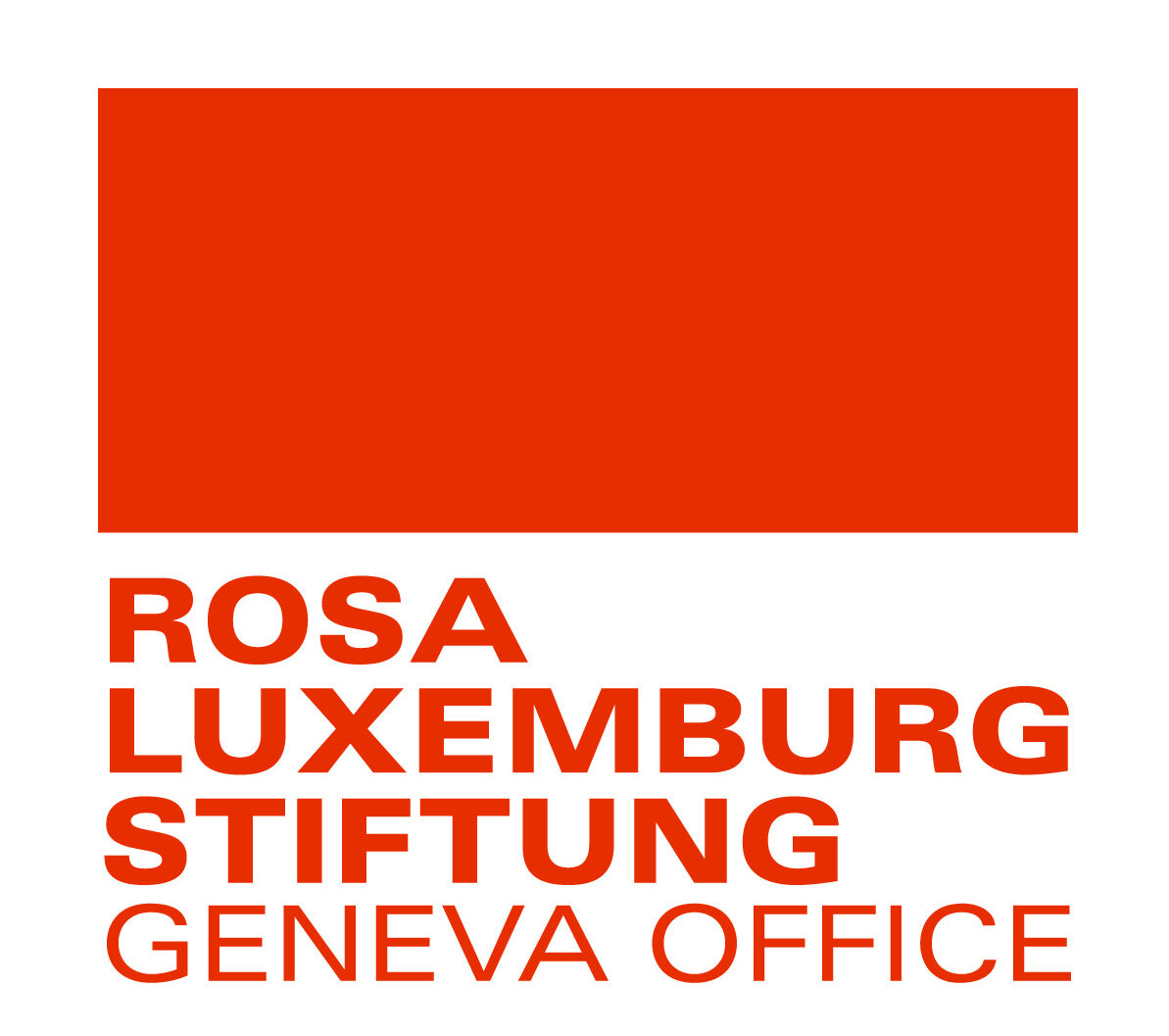Consumers snap up cheap food and clothes, but few consider how such items can be sold at knockdown prices. The answer lies in the exploitative nature of global supply chains. Powerful retailers demand that their suppliers cut costs; the suppliers in turn put pressure on the producers. The least powerful actors in the chain are the workers, who are forced to toil for a pittance. Such supply chains are a reason that forced labour remains an endemic feature of the global capitalist economy.
Although reliable research is scarce, there is mounting evidence that forced labour is widespread in global supply chains. This includes those that produce commodities such as agricultural products, seafood, garments, footwear, electronics and jewellery, as well as services such as construction and domestic labour. While early studies and policy often portrayed forced labour as a hidden crime, more recent research has established that it is indeed possible to pinpoint and predict where forced labour is most likely to occur in supply chains by analyzing its root causes.

The factors that create a supply of workers who become vulnerable to forced labour in the global economy include poverty, restrictive border policies, limited labour and social protections, and discrimination along lines of gender, sexuality, race, caste and ethnicity, citizenship and immigration status, and other markers of social difference. Various factors create a stable and predictable demand for forced labour among businesses that exploit it in supply chains. These include concentrations
of corporate power and ownership at the top of supply chains, irresponsible sourcing practices, and excessive outsourcing.
Where these supply and demand factors come together in supply chains, forced labour is likely to occur. However, forced labour is a porous and fluid category, rather than a stable or bounded one. In other words, workers often move in and out of situations of forced labour and more minor forms of labour exploitation in relatively short periods of time. Forced labour can be very hard to isolate. It often takes place in contexts where unfair treatment and low wages for workers are widespread, and abusive practices like sexual harassment, verbal abuse, and unlawful wage deductions are commonplace.
Governments and the private sector bear responsibility for forced labour in the global economy, and both have key roles to play in eradicating it. Governments’ key responsibilities lie in addressing the supply-side dynamics that create vulnerability to forced labour. They should put stronger social protections in place, enforce wage standards more effectively, and pass and enforce laws to ensure minimum and living wages, and regulate business activities to put a stop to their ability to use forced labour with virtual impunity.

Corporations at the top of supply chains can help abolish forced labour by ensuring that their commercial practices do not contribute to pressures to use forced labour further down the supply chain. For instance, a common problem is that corporations source goods from suppliers at far below the cost of producing them. That forces suppliers to cut corners, often in relation to labour standards and practices. Implementing responsible sourcing practices that ensure suppliers are paid enough to meet the relevant labour laws and standards would go a long way towards curtailing the demand for forced labour.
Initiatives by governments and businesses to address forced labour should include a central role for workers, unions, and worker advocacy organizations. After all, it is workers who are most aware of the specific vulnerabilities faced at their workplaces. Through collective bargaining, unions can negotiate wages and working conditions that protect workers against forced labour conditions and give them meaningful pathways to remediation where problems do occur. Without empowering workers to play a central role in supply chain governance, forced labour in the global economy will persist.
